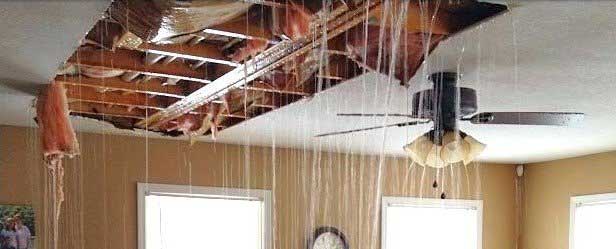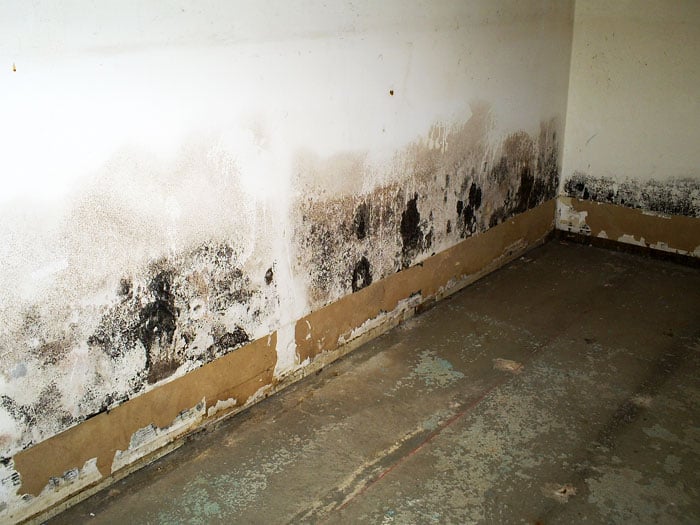We've stumbled on this post about Reducing Your Risk Of Water And Fire Damage At Home down the page on the web and believe it made good sense to discuss it with you here.

Though water gives life, water intrusion on parts where it's not meant to be can cause damages. It can peel off away surfaces as well as wear down the foundation if the water soaks into your structure. Mold and mold additionally grow in a wet setting, which can be harmful for your wellness. Houses with water damage scent mildewy and also old.
Water can originate from numerous resources such as tropical storms, floods, burst pipes, leakages, and also sewer concerns. In case you experience water damage, it would certainly be good to know some security preventative measures. Below are a couple of standards on how to manage water damages.
Do Prioritize Residence Insurance Coverage Protection
Water damages from flood dues to hefty winds is seasonal. Nevertheless, you can likewise experience an unexpected flood when a damaged pipe suddenly breaks right into your residence. It would certainly be best to have house insurance policy that covers both acts of God such as natural catastrophes, and also emergency situations like busted plumbing.
Do Not Neglect to Switch Off Utilities
In the event of a catastrophe, particularly if you reside in a flood-prone area, it would be a good idea to shut off the primary electric circuit. This cuts off power to your whole house, stopping electric shocks when water comes in as it is a conductor. Furthermore, do not fail to remember to switch off the main water line shutoff. Furnishings will move about and trigger damages when floodwaters are high. Having the main valve shut off stops additional damages.
Do Remain Proactive and Heed Weather Signals
Listen to evacuation cautions if you live near a river, lake, or creek . Doing so minimizes possible property damage.
Don't Ignore the Roof
You can prevent rainfall damage if there are no openings and also leaks in your roofing. This will certainly avoid water from moving down your walls and saturating your ceiling.
Do Pay Attention to Little Leakages
A burst pipeline does not take place overnight. Typically, there are red flags that show you have deteriorated pipelines in your house. You may notice bubbling paint, peeling wallpaper, water touches, water stains, or trickling noises behind the wall surfaces. At some point, this pipeline will certainly break. Preferably, you ought to not wait on things to intensify. Have your plumbing repaired before it results in enormous damage.
Do Not Panic in Case of a Ruptured Pipeline
Maintaining your presence of mind is vital in a time of dilemma. Due to the fact that it will stifle you from acting quickly, panicking will only intensify the problem. Timing is essential when it comes to water damage. The longer you wait, the more damage you can expect. Hence, if a pipeline bursts in your house, right away turned off your major water valve to remove the source. Unplug all electric outlets in the area or turn off the circuit breaker for that component of the house. Call a respectable water damage repair professional for assistance.
Water offers life, water breach on components where it's not intended to be can result in damages. Houses with water damage smell old and musty.
Water damage from flood dues to hefty winds is seasonal. You may notice gurgling paint, peeling wallpaper, water touches, water spots, or dripping audios behind the walls. When it comes to water damages, timing is essential.
Some Do's & Don't When Dealing with a Water Damage
DO:
Make sure the water source has been eliminated. Contact a plumber if needed. Turn off circuit breakers supplying electricity to wet areas and unplug any electronics that are on wet carpet or surfaces Remove small furniture items Remove as much excess water as possible by mopping or blotting; Use WHITE towels to blot wet carpeting Wipe water from wooden furniture after removing anything on it Remove and prop up wet upholstery cushions for even drying (check for any bleeding) Pin up curtains or furniture skirts if needed Place aluminum foil, saucers or wood blocks between furniture legs and wet carpet Turn on air conditioning for maximum drying in winter and open windows in the summer Open any drawers and cabinets affected for complete drying but do not force them open Remove any valuable art objects or paintings to a safe, dry place Open any suitcases or luggage that may have been affected to dry, preferably in sunlight Hang any fur or leather goods to dry at room temperature Punch small holes in sagging ceilings to relieve trapped water (don't forget to place pans beneath!); however, if the ceiling is sagging extremely low, stay out of the room and we'll take care of it DO NOT:
Leave wet fabrics in place; dry them as soon as possible Leave books, magazines or any other colored items on wet carpets or floor Use your household vacuum to remove water Use TV's or other electronics/appliances while standing on wet carpets or floors; especially not on wet concrete floors Turn on ceiling fixtures if the ceiling is wet Turn your heat up, unless instructed otherwise

As a fervent person who reads on Reducing Your Risk Of Water And Fire Damage At Home, I imagined sharing that piece of content was a great idea. So long as you enjoyed reading our article plz remember to pass it around. Thank you for your time. Visit again soon.